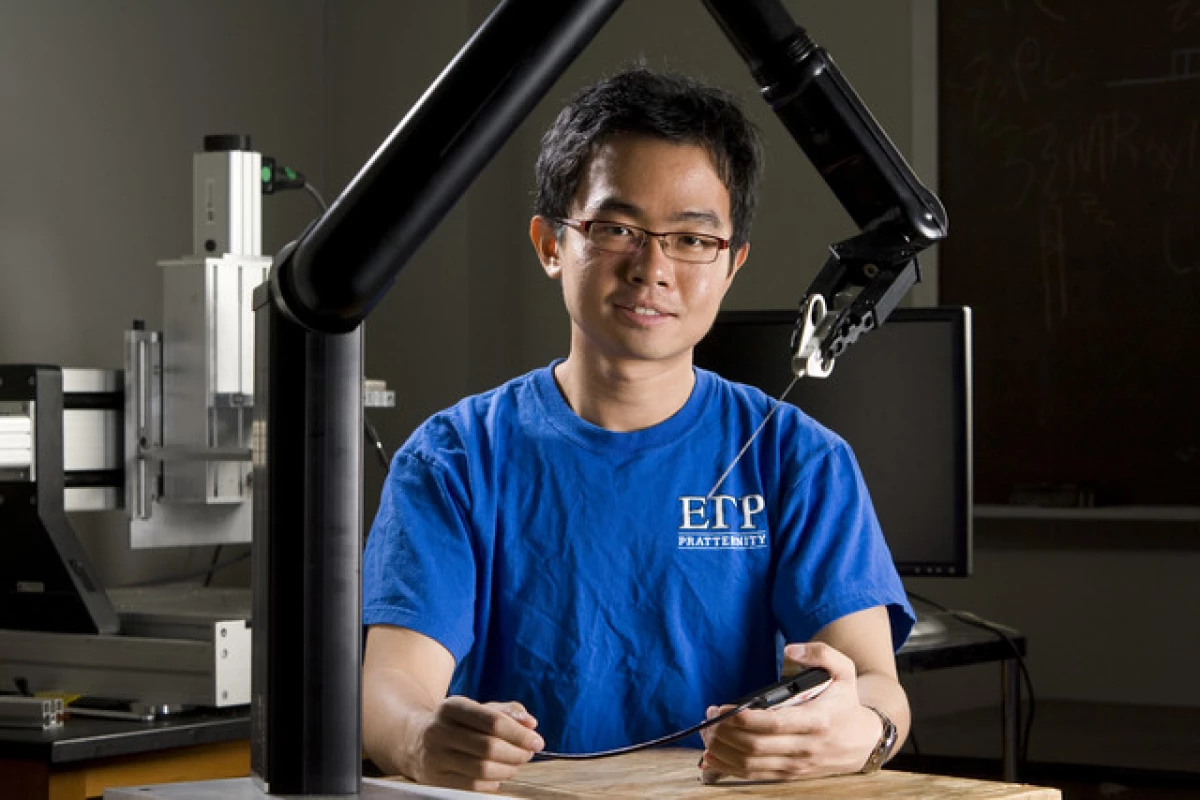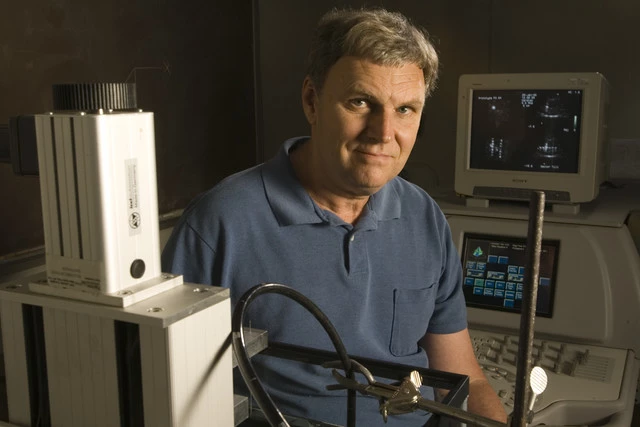Researchers have demonstrated that a robot guided by 3-D ultrasound and artificial intelligence can locate lesions in simulated breast and prostate tissue and take biopsies without human assistance. A team of bioengineers at Duke University, North Carolina, 'souped up' an existing robot arm with a purpose-built ultrasound system which acts as the robot's 'eyes' by collecting data from its scan and locating its target. An artificial intelligence program processes the real-time 3D information from the ultrasound and gives the robot specific commands to perform using a mechanical 'hand' that can manipulate the same biopsy plunger device used by doctors.
"Earlier this year the team demonstrated that the robot could locate simulated calcifications and cysts in simulated breast tissue without human guidance with high accuracy and repeatability," said Kaicheng Liang, an engineering graduate and member of the research team. “Now we have shown that the robot can sample up to eight different spots in simulated human prostate tissue."
The most recent research, reported in the current issue of Ultrasonic Imaging journal, demonstrated that the robot was able to guide the plunger to eight different locations in 93 percent of its attempts. The robot's ability to take multiple samples is important function because multiple samples can help determine the extent of lesions.
Raw turkey breasts were used in both experiments because the tissue closely resembles human tissue in texture and density, and appears similar when scanned by ultrasound.
The researchers say an important challenge to be overcome is the speed of data acquisition and processing, though they are confident this can be overcome with faster processors and better algorithms. To be clinically useful, all of the robot’s actions would need to be in real time.
Stephen Smith, director of the Duke University Ultrasound Transducer Group at the Pratt School of Engineering and senior member of the research team said, "One of the beauties of this system is that all of the hardware components are already on the market. We believe that this is the first step in showing that with some modifications, systems like this can be built without having to develop a new technology from scratch.”
The team is currently testing the robot on a human mannequin seated at the examining table whose breast, composed of turkey breast tissue with an embedded grape to simulate a lesion, is constrained in a stiff bra cup.
"Our next step is to move to an excised human breast,” said Smith.
Robots are becoming more familiar in surgical settings, for example, helping surgeons to hone their skills, providing amore immersive view of the operative field and allowing doctors to perform delicate surgery by remote control, however they are all physician-guided.
The researchers at Duke believe that autonomous robots could in future perform many more simple surgical tasks.





